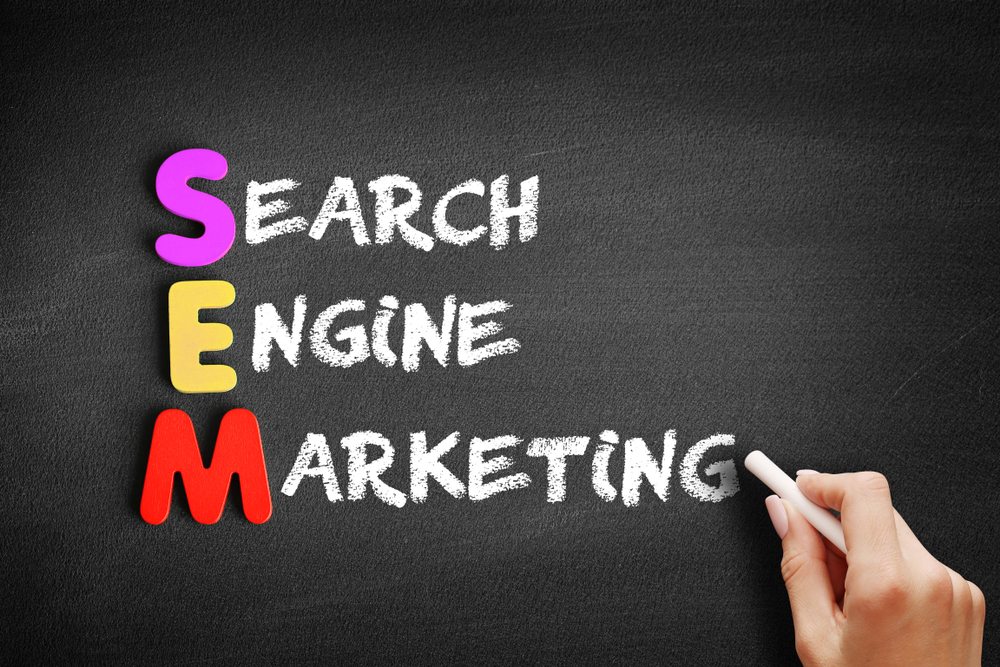With all the talk about Search Engine Optimization (SEO), the closely related Search Engine Marketing (SEM) can be often overlooked. In many ways, SEO is more challenging and nebulous: building your organic reach is a long term process that includes optimizing the code of your website, the language you use in your content marketing, and more. SEM is more straightforward—it refers to the practice of paying the search engine to float your website above the organic search results on Google as a sponsored listing. SEM is sometimes referred to as paid search marketing. To test this out, search for any product on Google. Note that the results at the very top of the page are labeled with a small green rectangle that identifies them as an ad.
What are the main differences between SEO and SEM?
Besides their method (paid vs. organic) and the way they appear, there are many subtle differences between SEO and SEM, despite both leading to your website appearing high up on the search engine results page. Most notably, SEM results occur immediately—you bid on the ad in an auction, and as soon as you do so, your ads will begin appearing. This makes SEM highly useful for split testing because you can make quick changes, and test subtly different version of an ad in a short amount of time. On the other hand, SEO is a long term process of refinement and optimization.
A useful metaphor for understanding the difference is the marathon versus the sprint. SEO is like a marathon because it’s a steady, extended effort, while SEM is a strategic quick blitz. Broadly speaking, SEM does not build long-term value, at least not to the extent that SEO does. This does not make SEM inferior to SEO—on the contrary, they should be used in tandem. SEO is a durational, brand-building endeavor. If you’re in a crowded field, facing a lot of competition in your industry, SEM is necessary to get a leg up—this even more so if you’re a new business with less brand awareness than veteran players.
How do I get started with SEM?
When you are ready to launch an SEM campaign, you need to choose a service. There are many different SEM tools. Some, like Google Trends and Google Ads Keyword Planner, is developed by the same search engine where you want your ads to appear (although there are other search engines like Bing and Yahoo, they have only a tiny fraction of Google’s user base). Others are developed by third-party apps, but will still help your ad appear on mainstream search engines like Google, Bing, and online retailers like Amazon.
Although they vary in terms of what kind of targeting criteria they provide, all SEM tools require you to enter an ad auction. The format is quite simple: first, you identify which search keywords you’d like to associate your ad with. When users enter those keywords, your ad will appear. Next, you’ll need to input your budget for your bid. From there, your ad will appear as long as you have the winning bid.
Putting it all together
Today, around 1/3rd of all product searches begin on Google. Since SEM is great for targeting users who are looking to make a quick purchase, you should consider incorporating it alongside your existing SEO strategy for maximum ROI. If your business is trying to carve out its niche in a crowded field with steep competition, SEM could be a determining factor in the success of your next campaign

